Our introductory podcast mini-series. The Creative Resistance Podcast Mini-Series introduces some of the theories, methods and principles of artistic activism to new audiences. You will learn about:
Category Archives: Artist-Activist Interviews
Online Panel: Journal Rappé and The Peace Poets
We’re so excited about this. Keyti is based in Senegal, one of our Artistic Activism trainers for the Regional Creative Hubs, and a co-founder of Journal Rappé. The project takes current affairs and in-depth reporting, puts it to a beat, and edits together a 10+ minute report published on YouTube. This year, their work was …
Continue reading “Online Panel: Journal Rappé and The Peace Poets”
Webinar #27: Avram Finkelstein
Avram discusses collectivity and communicating in public space for participants of the Free the Vaccine for COVID-19 campaign. At our last Free the Vaccine for COVID-19 meeting some participants said they wanted to know more about working in collectives. We immediately went to Avram Finkelstein who has a wealth of experience with working in collectives …
Phoebe Davies
In this interview, C4AA research fellow Sarah J Halford talks with Phoebe Davies, a social practice artist based in London. In it, Davies discusses her work on constructing social spaces that provide an environment for productive, and often difficult, conversations about politics, sex, gender, and more. She also shares her thoughts on the importance of more collaboration and thoughtful reflection in and around art and activism.
Owen Griffiths
In this interview, C4AA research fellow Sarah J Halford talks with Owen Griffiths, a social practice artist based in Swansea, Wales in the UK. Griffiths shares his strategy for using art projects as tactics to enter into publicly-owned spaces. He collaborates with others to transform these spaces into beautiful and useful landscapes that are co-authored by people in the community. Ultimately, he argues that the art is used to beautify the space, create community buy-in, and keep the space in the hands of the people – rather than sold to a private corporation.
Ben Davis
In this interview, Ben Davis, radical art critic and author of 9.5 Theses on Art and Class, talks with C4AA co-founder Stephen Duncombe about his “constructively critical” view of art’s role in activism. Davis discusses some of the trends he sees in contemporary political art and considers the realistic scope of art’s impact on change.
Pam Korza
In this interview, C4AA co-director Steve Duncombe talks with Pam Korza about methods of evaluation in artistic activism. They consider the resistance that some artists have to quantitative evaluation, as well how we might evaluate the work from a perspective of aesthetic excellence. Korza also shares her extensive knowledge as co-director of Animating Democracy, an organization that fosters art for social change projects, and the six outcomes that she looks for when evaluating the success (or failure) of a project.
Marlène Ramírez-Cancio
In this interview, C4AA co-founder Steve Duncombe talks with Marlene Ramirez-Cancio, Associate Director of Arts and Media at the Hemispheric Institute. They discuss the elusive nature of evaluating artistic activism through qualitative frameworks. What is the vocabulary for doing so? And why is that vocabulary so difficult to find? Marlene shares her thoughts on these questions and challenges arts funders to become more comfortable with metrics that measure qualities beyond material successes.
Gan Golan
In this interview, George Perlov talks with Gan Golan, artistic activist and author of the bestselling children’s book parody “Goodnight Bush” and “The Adventures of Unemployed Man,” the critically-acclaimed graphic novel about the economic crisis. Golan discusses the importance of movement narratives and calls for artists and activists, alike, to figure out ways to measure what a movement means to the public.
Fernando Garcia-Dory
In this interview, Fernando Garcia-Dory talks with C4AA student fellow Emily Bellor about his practice of incorporating art into collaborative projects for social change. They discuss his work in cooperative farming as well as the tensions that can arise when the art world meets the activist world.
Favianna Rodriguez
In this interview, C4AA co-founder Steve Duncombe talks with Favianna Rodriguez, prolific art activist and Executive Director of CultureStrike. She shares her creative process behind the “Migration is Beautiful” butterfly, an image that has been widely adopted as a symbol of the migrant rights movement. They also discuss Rodriguez’s theory of change, which involves a strategic focus on cultural change over policy change, as she argues that policy is “the final manifestation of an idea,” that stems directly from culture.
Jan Cohen-Cruz
“t’s kind of a witnessing. It’s kind of an active witnessing where someone is giving you feedback. It’s dialogic as you go, and that to me is a lot of the value. There’s much to be said for dialogue in many contexts and I’d say that dialogue is a component of the way I do …
Elaine Forde
I think that the arts, in terms of social change, create an indirect way for people to be able to speak and express themselves. So, you can use theatre, spoken word, visual art, contemporary art, dance, movement, to relay your message, but you can also involve the people who need to relay their messages in …
Aaron Hughes
“We’re bringing about these extreme situations, we’re bringing about that choice where people have to respond just like in Iraq. We’re making people respond to us. The whole idea was to share that, because there was no way in our minds that people in the United States could think that an occupation was moving into …
Sheba Remy Kharbanda
“When I was doing grassroots work… around specific issues associated with trauma state violence sexual violence. I found that I wasn’t offering enough just documenting it. Witnessing is very important but then what do we do with all that pain, where do we take it? …many of us not from the “first world”, are coming …
Dara Greenwald
“You could go down to any commercial gallery and see political art. It has political content, it has a critique, opposition, maybe a submerged expression that was not readily validated by dominant culture. But activism is…is just different. I feel like there’s a real difference between making cultural projects that are intended to augment, heighten, …
Adelaide Damoah
“I noticed whenever something happens whether it’s some kind of disaster, some people get killed or one person gets killed, well that’s just what happens the world just keeps on turning, life goes on, and it’s disgusting but that’s just what happens. So that kind of stuff I sometimes put into the work because that …
Alfredo Jaar
Alfredo Jaar is an artist, architect, and filmmaker who lives and works in New York City. He was born in Santiago de Chile. Jaar has realized more than sixty public interventions around the world and more than fifty monographic publications have been published about his work. He became a Guggenheim Fellow in 1985 and a …
Beatrice Glow
It’s a long wave. I think of everything as being interdependent or part of an ecosystem, philosophically and biologically. There are urgent moments of crisis where the waves are crashing on the land, which are the moments that activists quickly rise to. But then there’s the long waves, behind them, that are holding a space. …
Elliot Crown
Images operate the same way that memories do; images have this deep-seated attachment to your mind and I like to think that the images ingrain themselves into people…It really makes them want to stop for a minute and read the article. And hopefully it’s not a terribly biased article. And hopefully the image, in itself, …



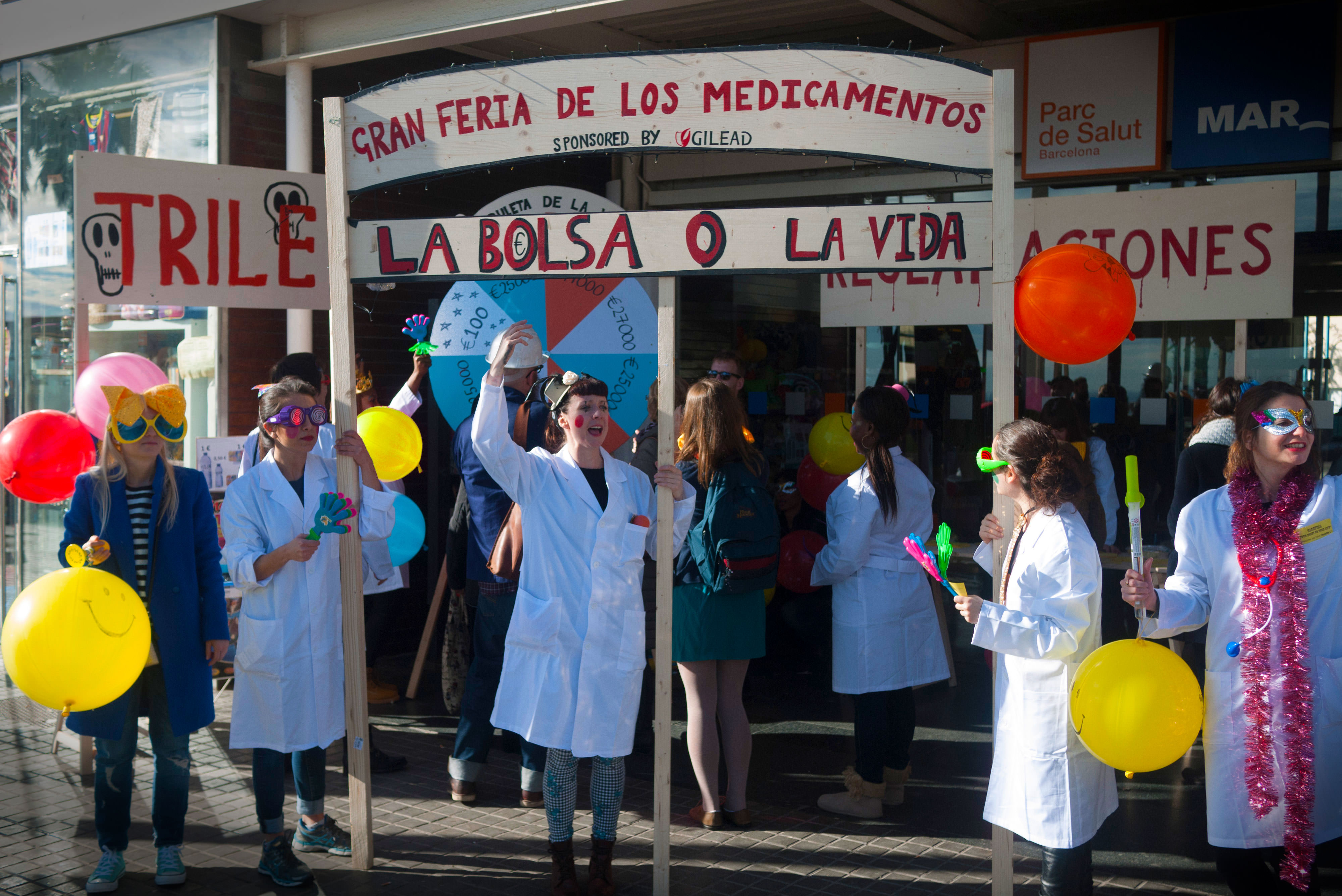
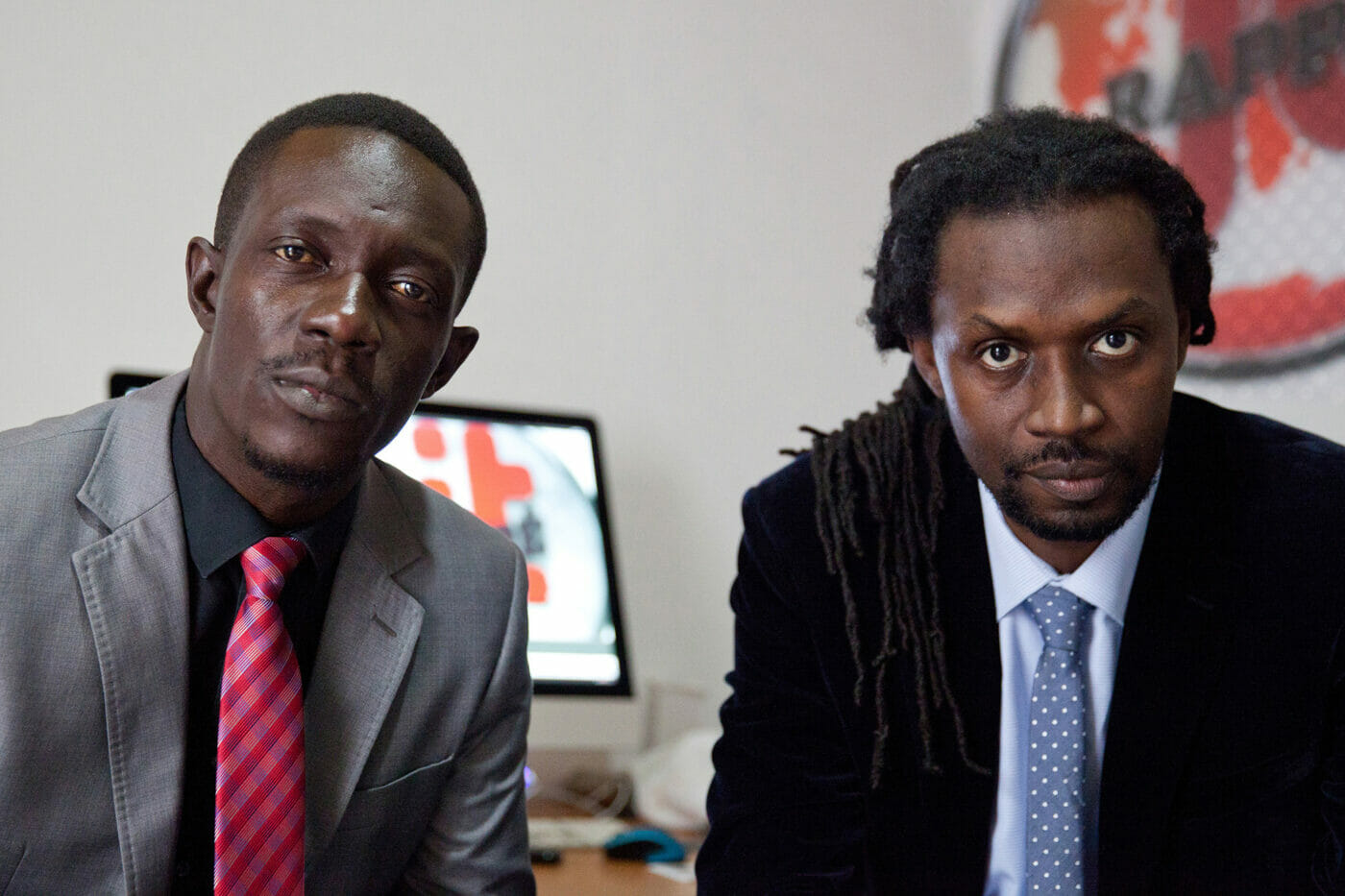
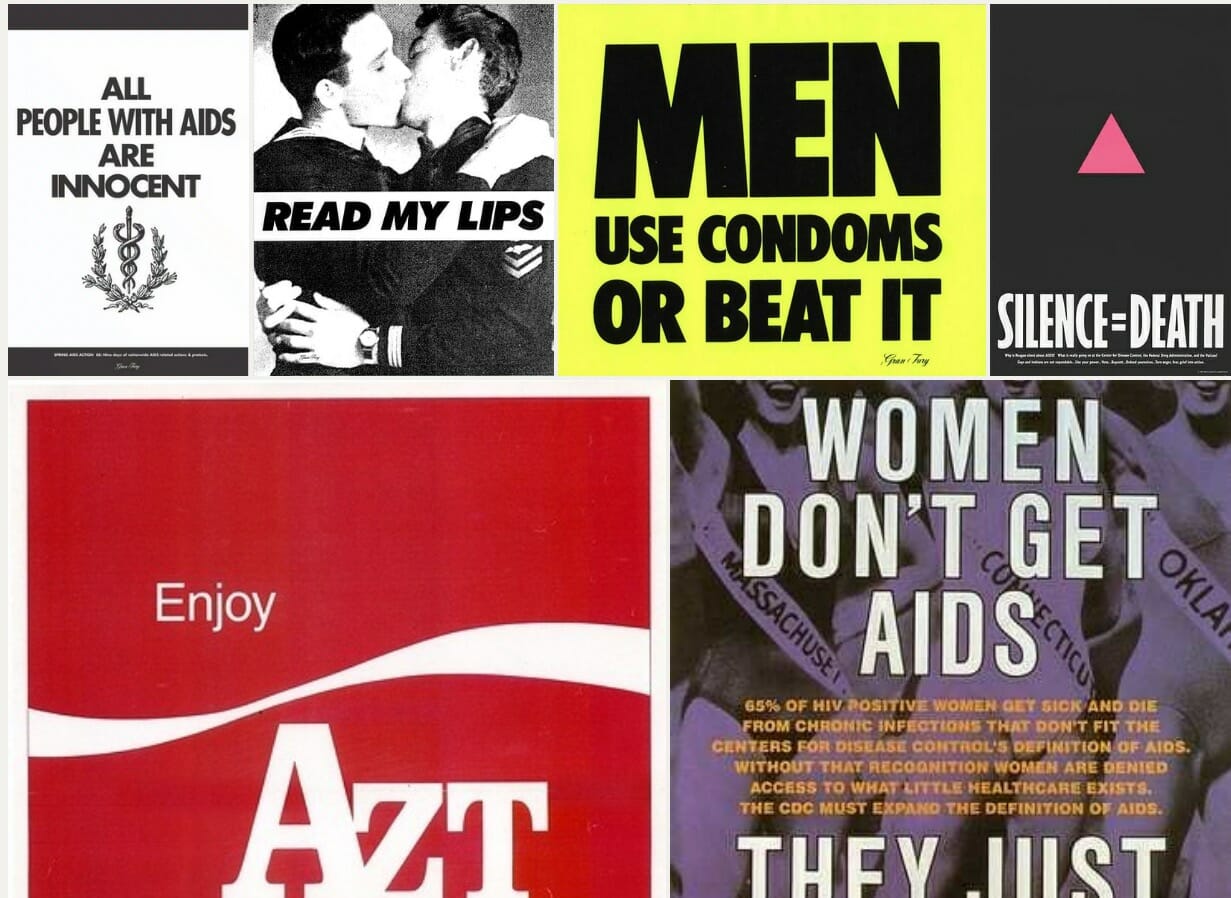
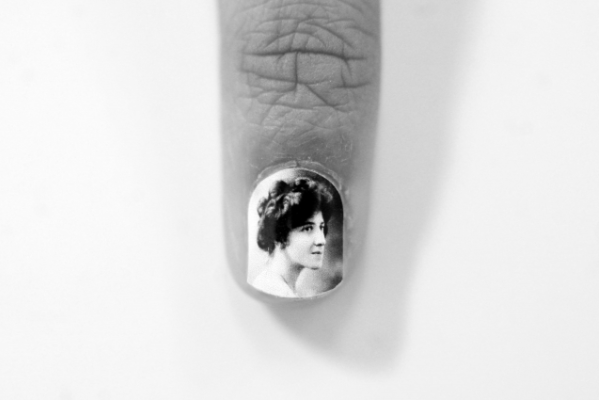
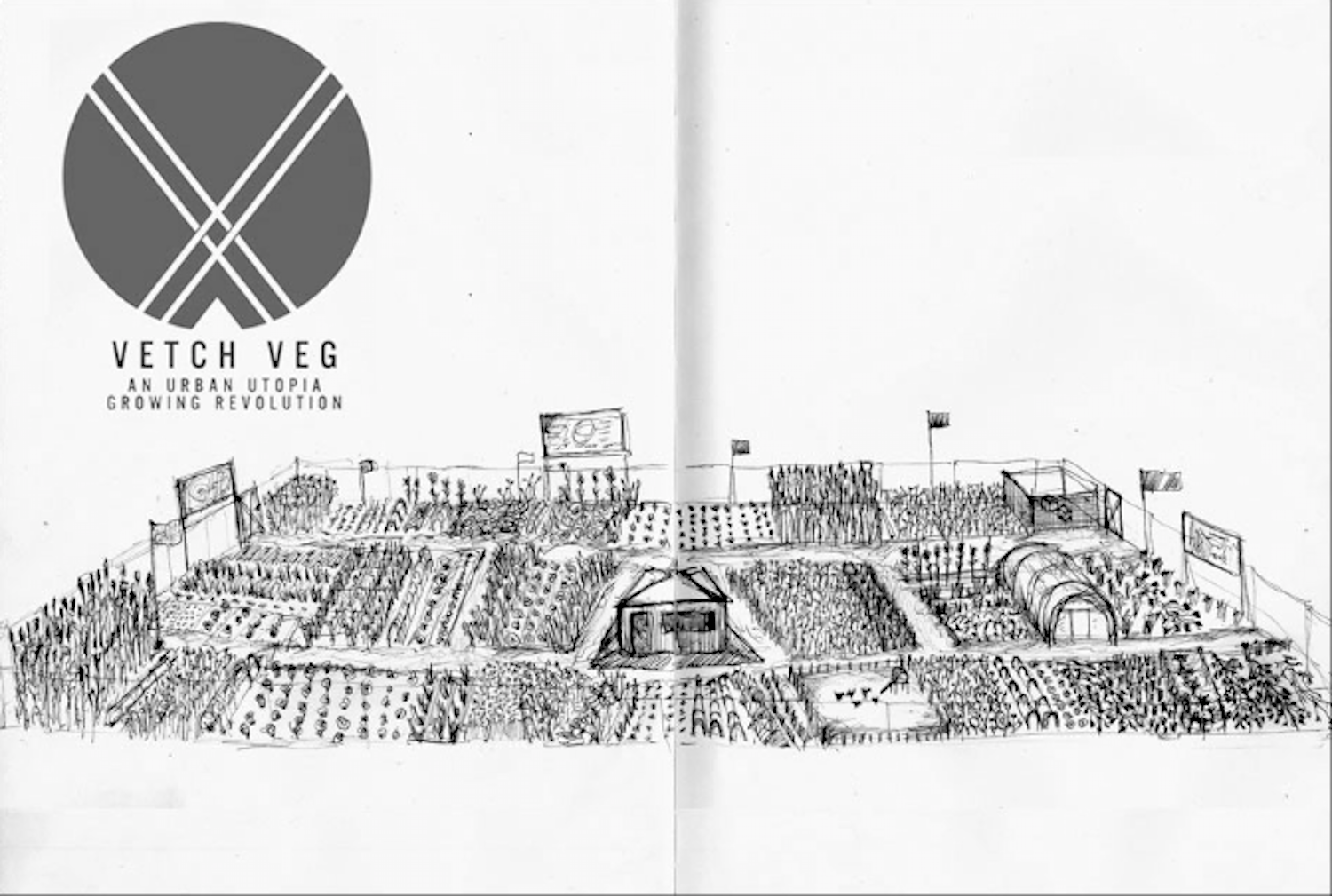
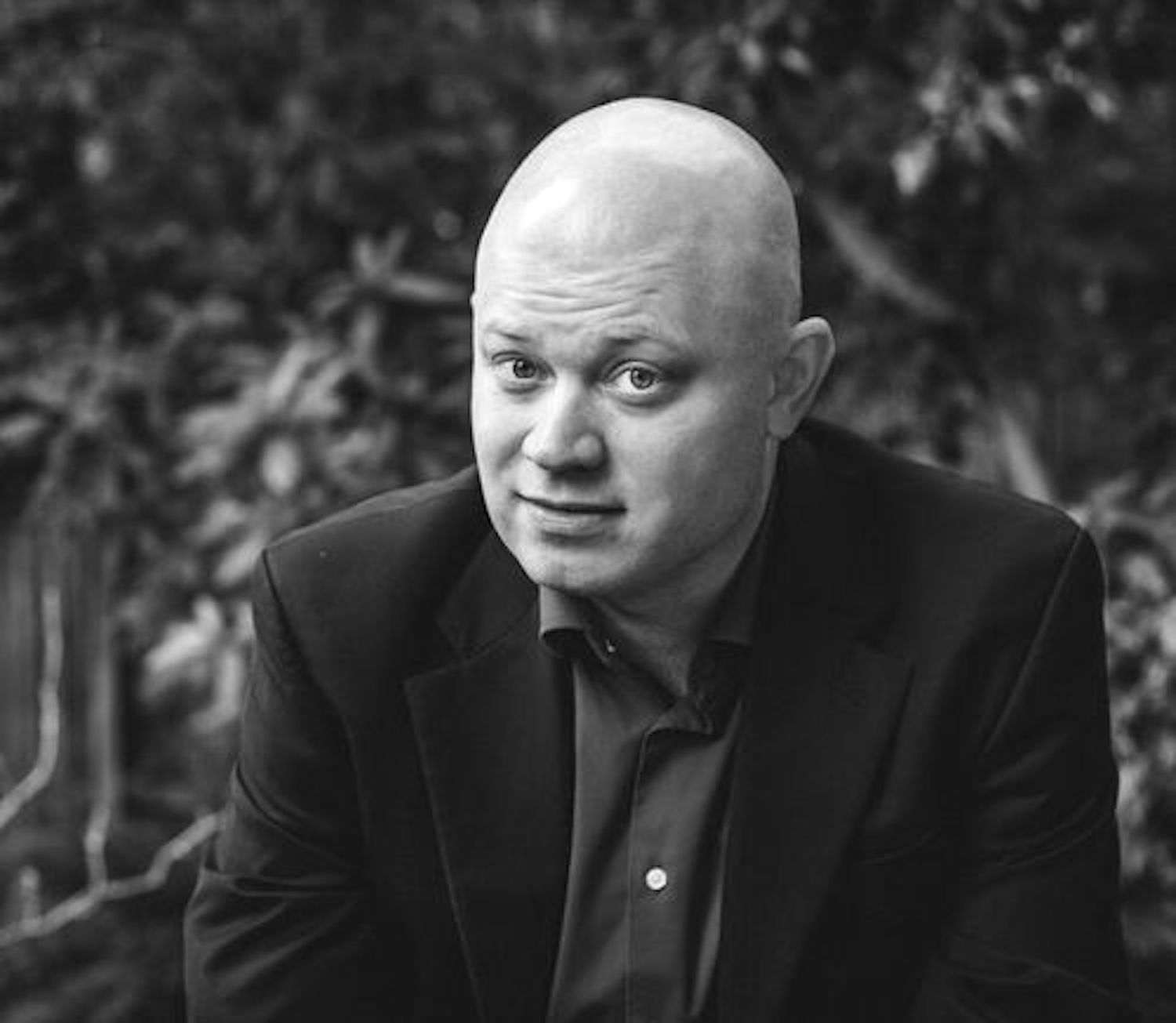


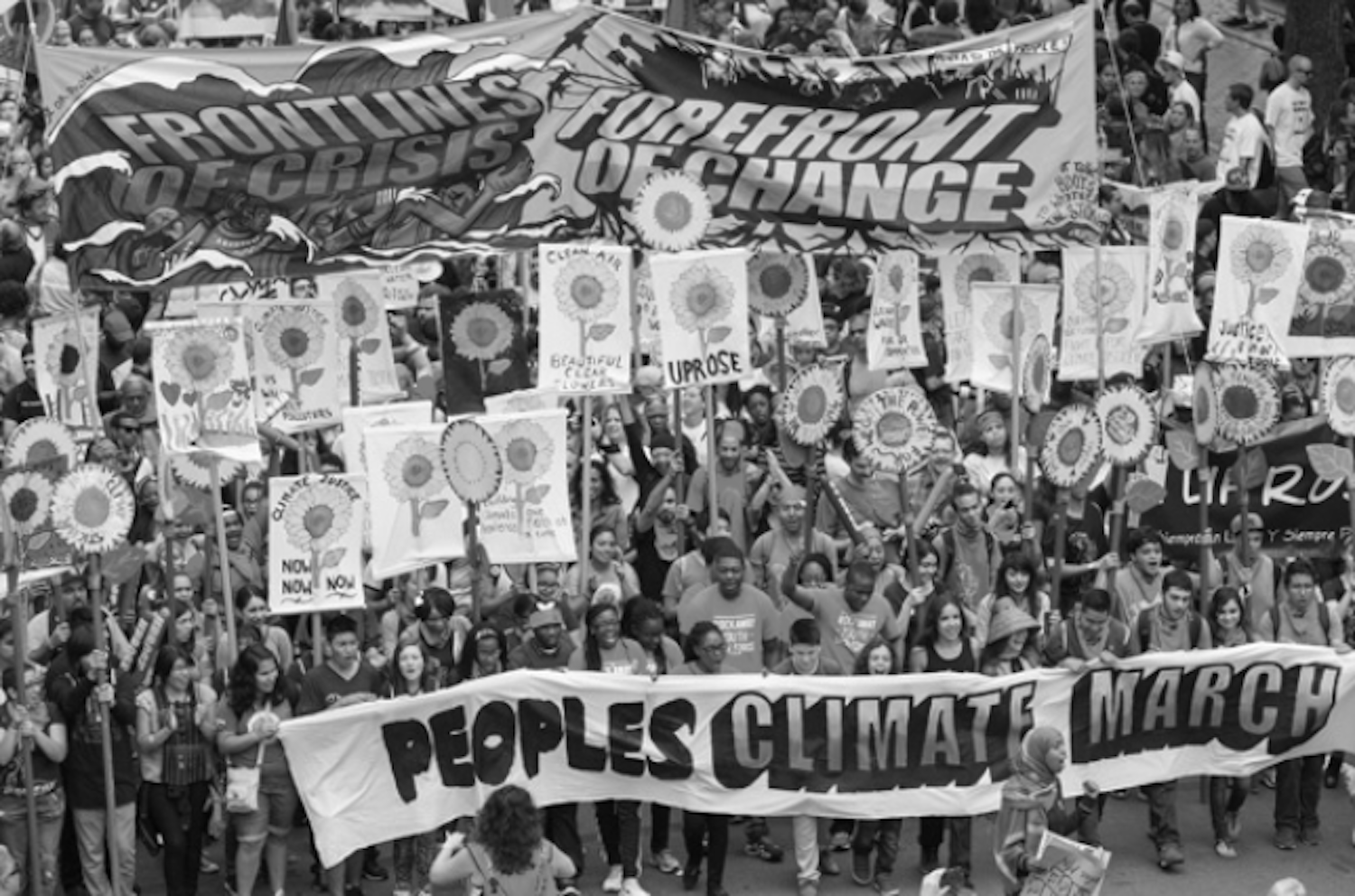
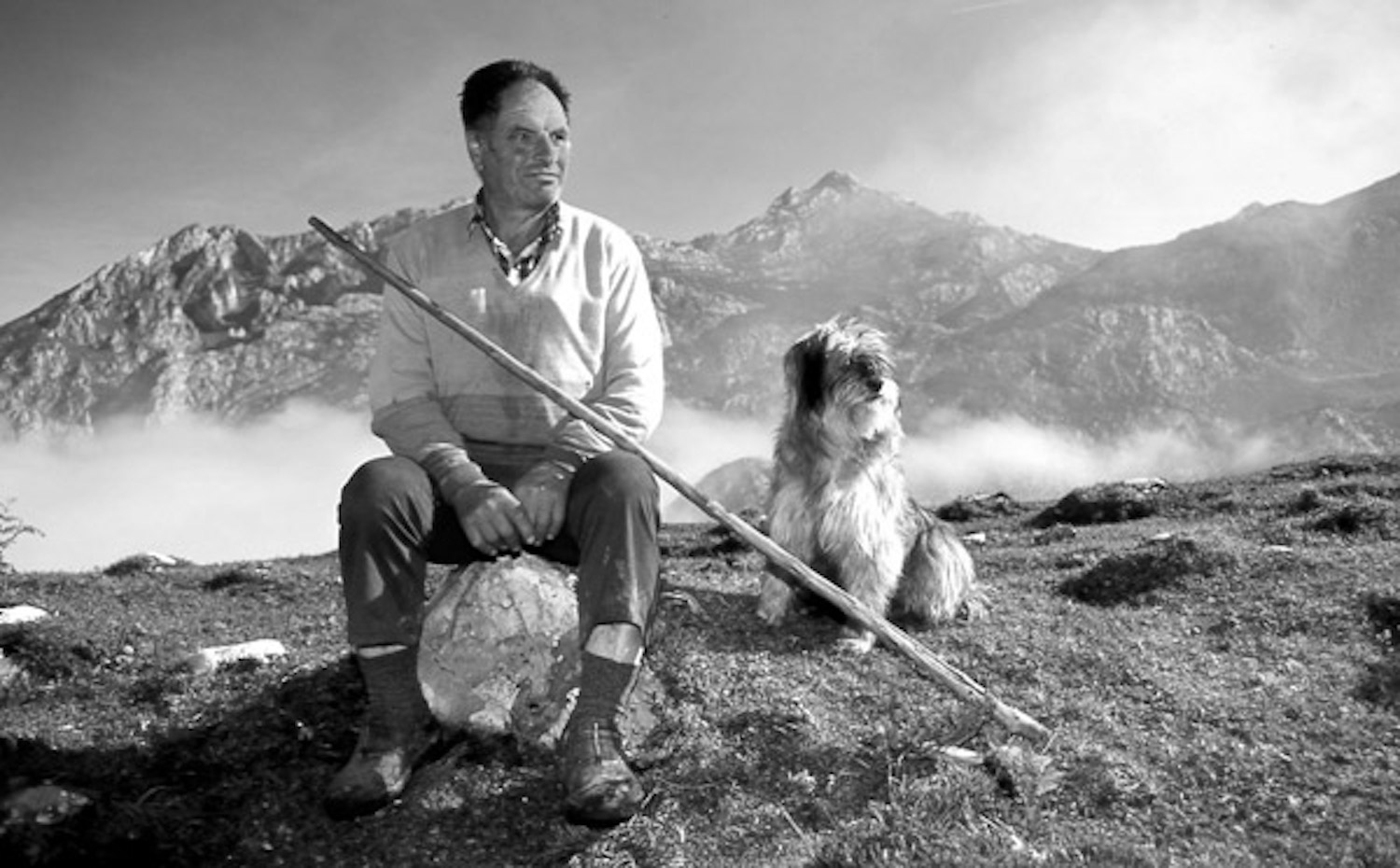
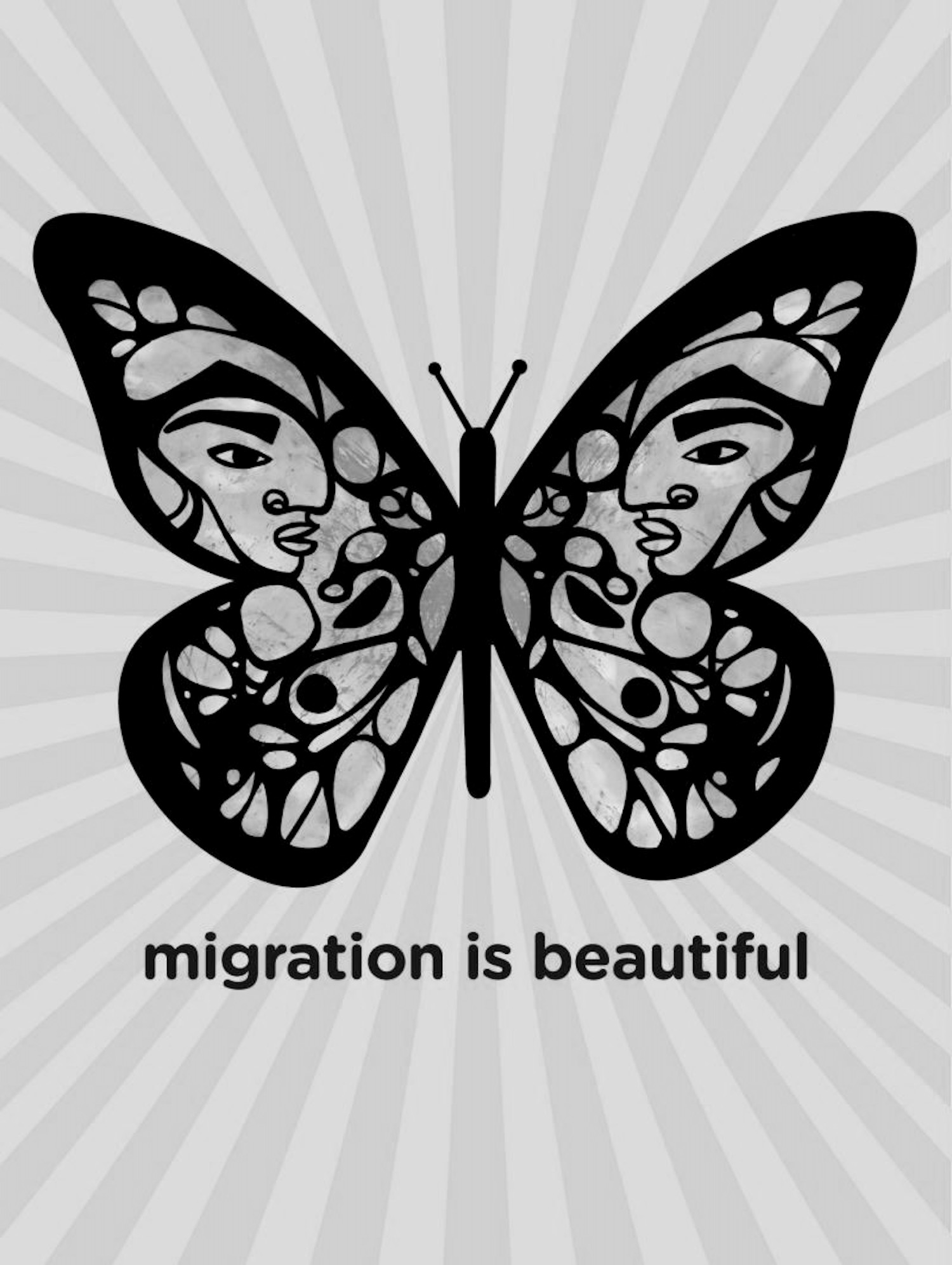
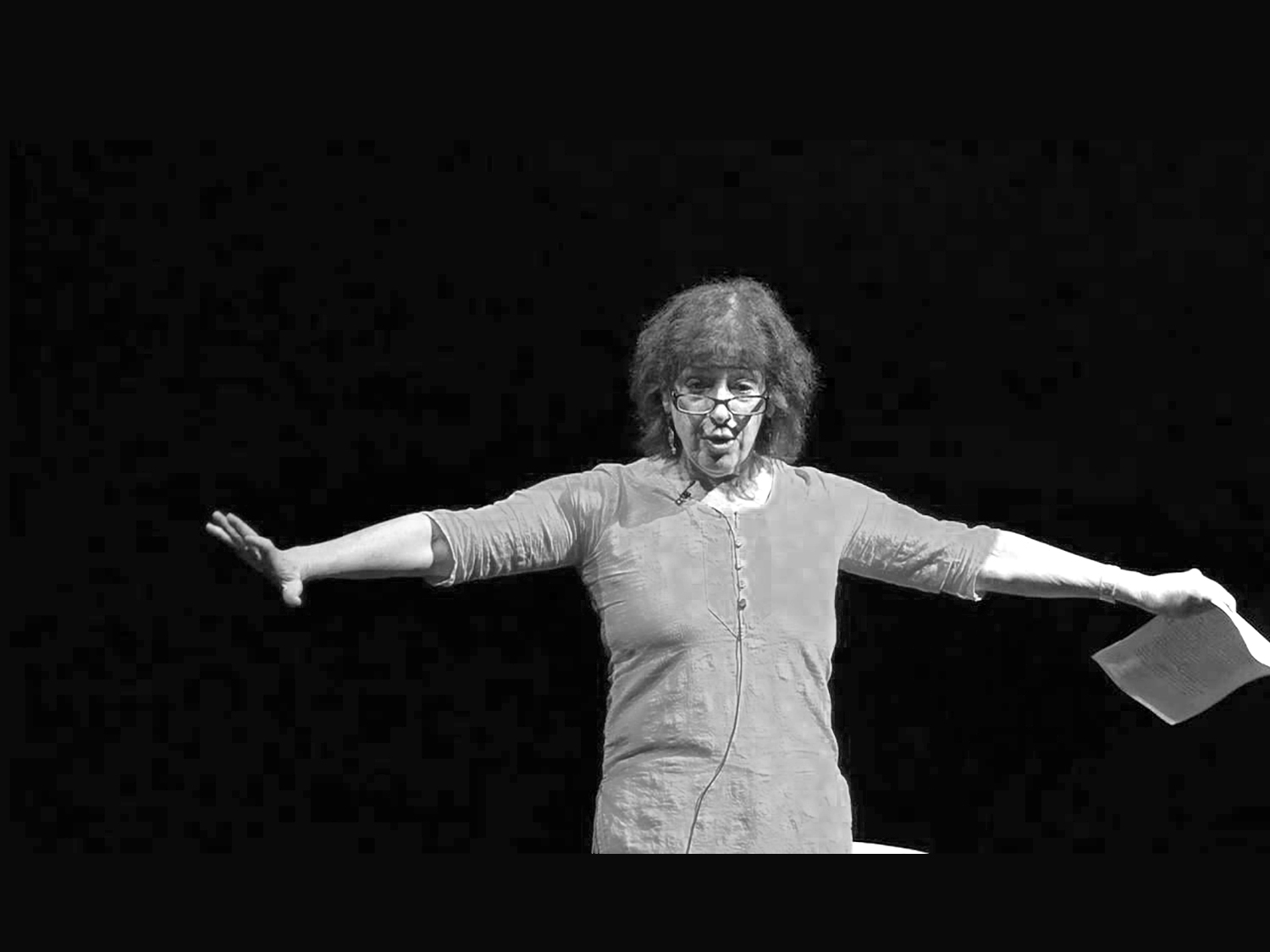
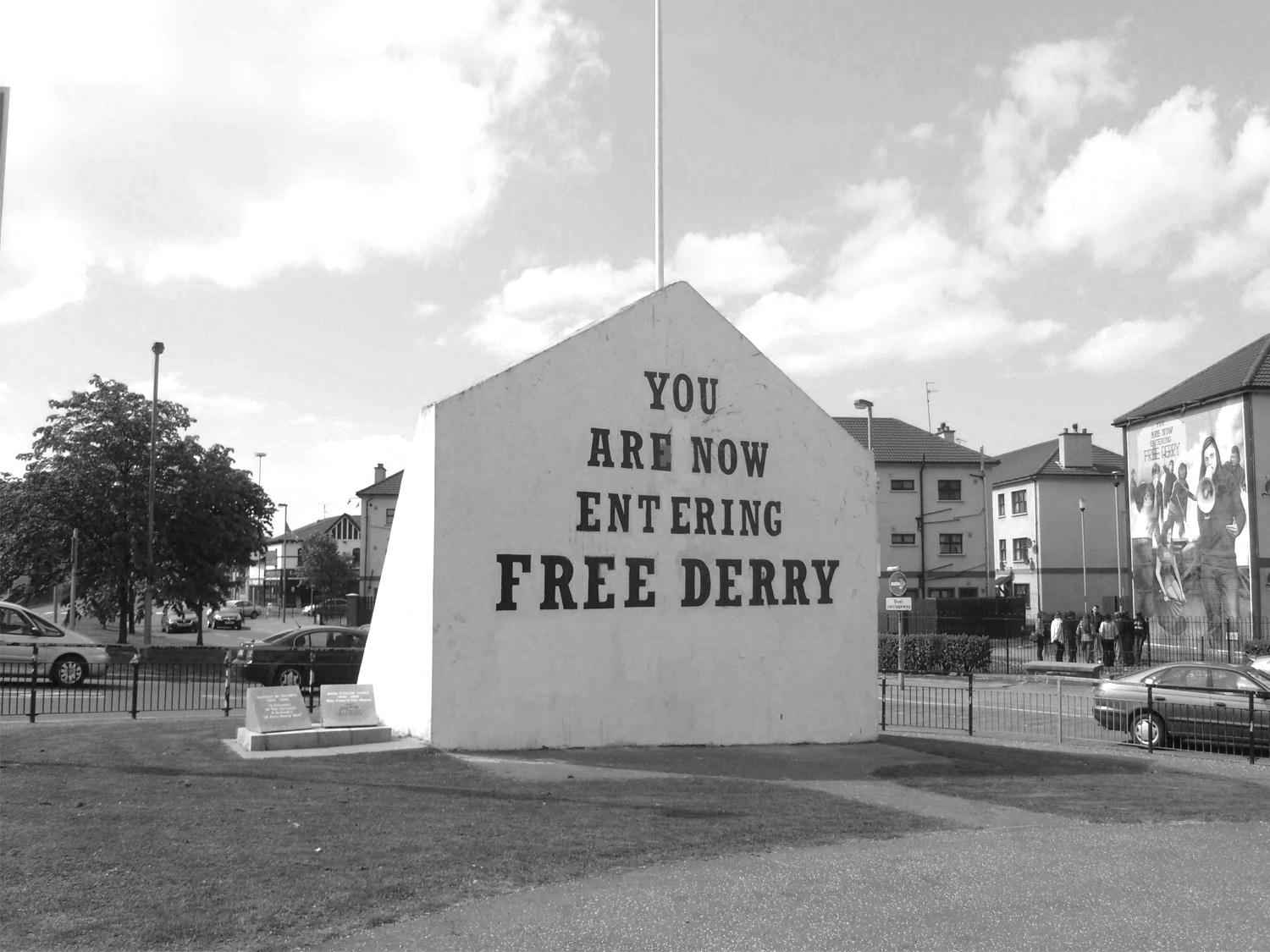
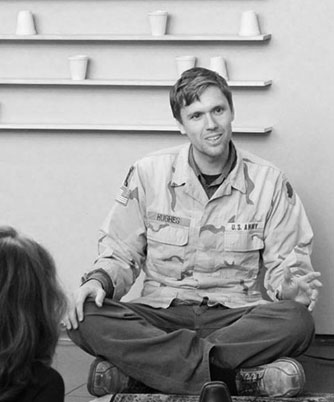
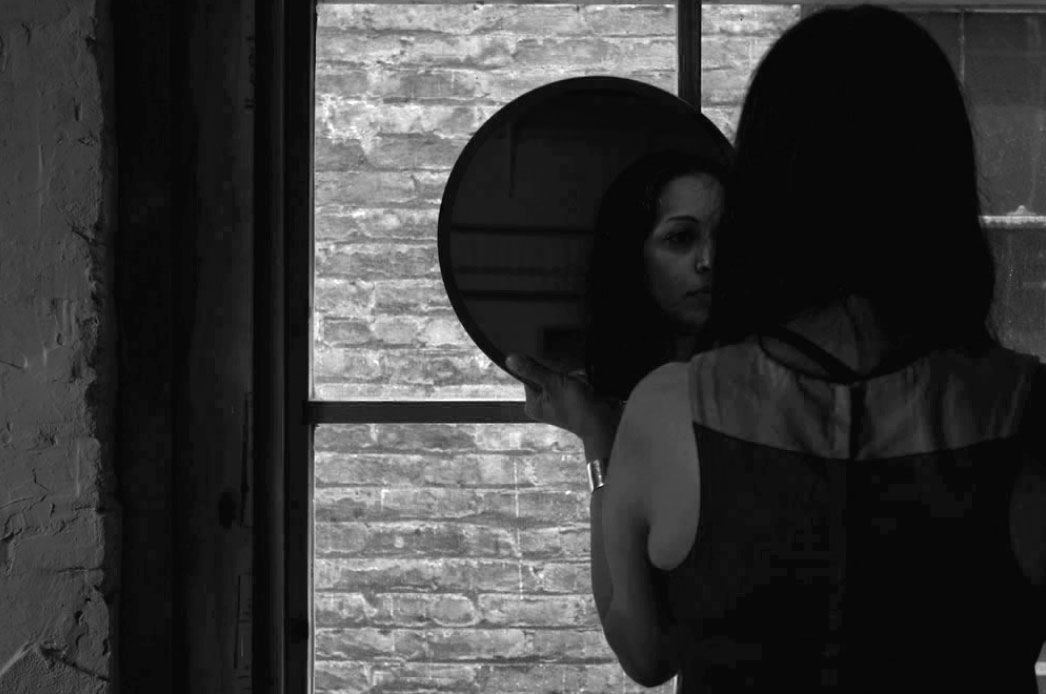
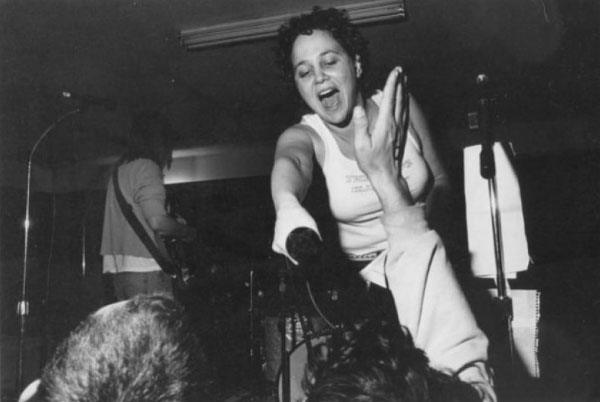
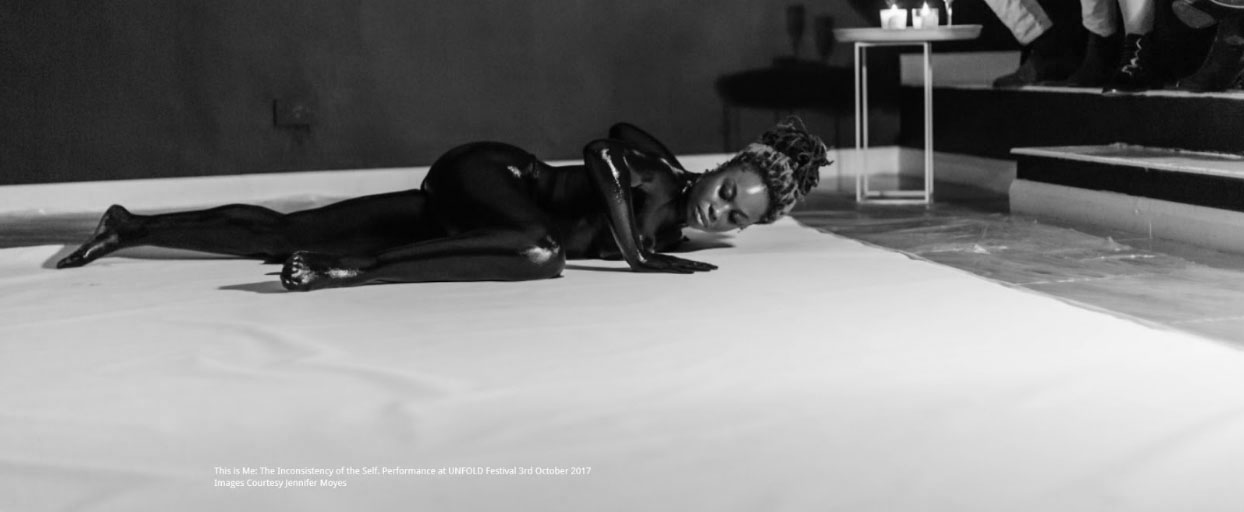
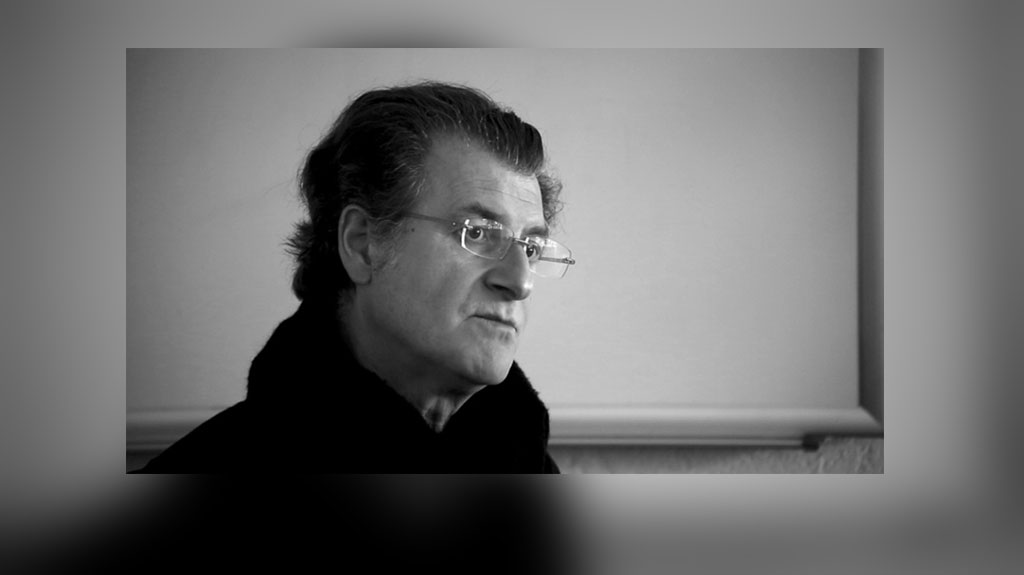
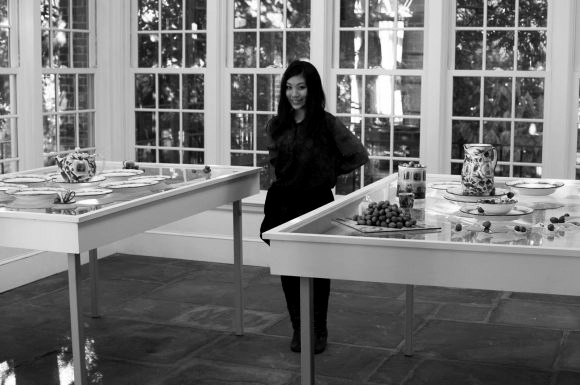
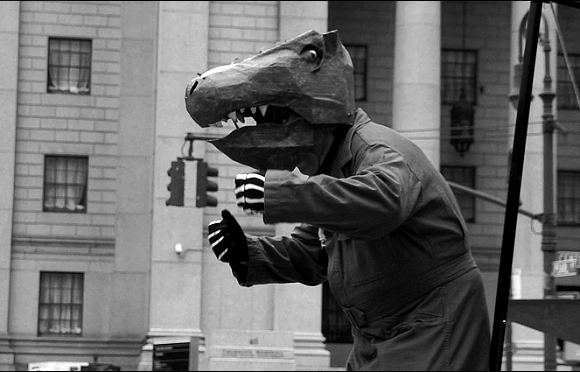
You must be logged in to post a comment.